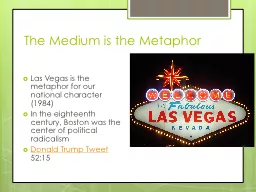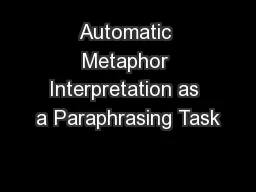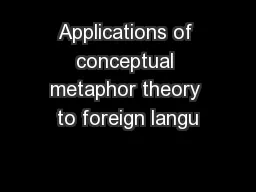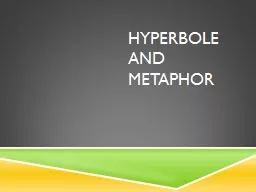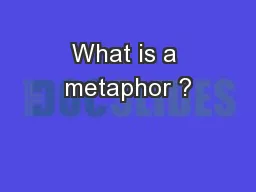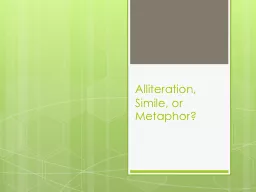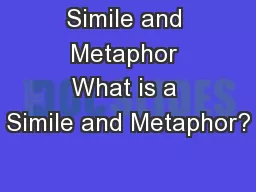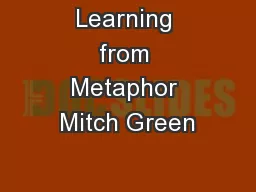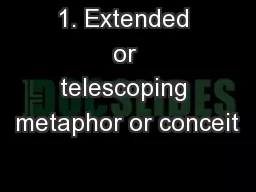PPT-The Medium is the Metaphor
Author : alida-meadow | Published Date : 2016-11-30
Las Vegas is the metaphor for our national character 1984 In the eighteenth century Boston was the center of political radicalism Donald Trump Tweet 52 15 Vegas
Presentation Embed Code
Download Presentation
Download Presentation The PPT/PDF document "The Medium is the Metaphor" is the property of its rightful owner. Permission is granted to download and print the materials on this website for personal, non-commercial use only, and to display it on your personal computer provided you do not modify the materials and that you retain all copyright notices contained in the materials. By downloading content from our website, you accept the terms of this agreement.
The Medium is the Metaphor: Transcript
Download Rules Of Document
"The Medium is the Metaphor"The content belongs to its owner. You may download and print it for personal use, without modification, and keep all copyright notices. By downloading, you agree to these terms.
Related Documents

